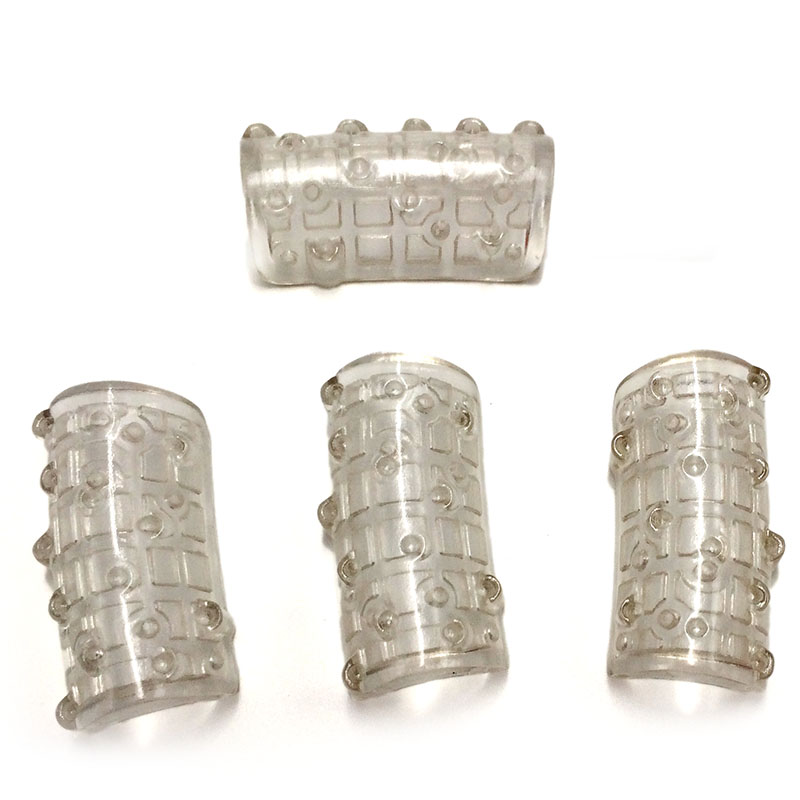3D printing for Medical Industry.
We have Stratasys-certified materials available for medical applications.
They are in Biocompatible & medical grade.
Materials- MED610, ABS-M30I
For prototypes & educational purposes- ABS (SLA), PLA (FDM), and Nylon (SLS) materials are available

Applications/ Uses.
3D printing, also known as additive manufacturing, has revolutionized the medical industry with its ability to create highly customized and complex structures. Here are several key applications:
-
Prosthetics and Orthotics:
- Customized Prosthetics: 3D printing allows for the creation of prosthetics tailored to the individual patient’s anatomy, improving comfort and functionality. This is particularly beneficial for children who require frequent adjustments as they grow.
- Orthotic Devices: Custom orthotic devices, such as braces and supports, can be designed to fit the patient’s exact measurements, providing better support and alignment.
-
Surgical Planning and Training:
- Anatomical Models: Surgeons can use 3D-printed models of patients’ organs or body parts to plan complex surgeries. These models are created from imaging data like CT or MRI scans, providing a tangible reference that can improve surgical precision and outcomes.
- Training Tools: Medical students and professionals can use 3D-printed models for hands-on training, enhancing their skills without risk to actual patients.
-
Implants and Bioprinting:
- Custom Implants: 3D printing allows for the production of patient-specific implants, such as cranial plates, hip joints, and dental implants, which fit perfectly and integrate better with the patient’s body.
- Bioprinting: This advanced form of 3D printing uses bio-inks composed of living cells to create tissues and organs. While still in the experimental stage, bioprinting holds promise for generating functional organ replacements in the future.
-
Tissue Engineering and Regenerative Medicine:
- Scaffolds for Tissue Growth: 3D printing can create scaffolds that mimic the extracellular matrix of tissues. These scaffolds provide a framework for cells to grow and form new tissues, which can be used for research or therapeutic purposes.
- Drug Delivery Systems: Customized drug delivery devices, such as implants that release medication at controlled rates, can be designed and printed to meet specific medical needs.
-
Dental Applications:
- Crowns and Bridges: Dentists can use 3D printing to create precise dental restorations like crowns, bridges, and dentures, reducing the time and cost associated with traditional methods.
- Surgical Guides: Custom surgical guides can be printed to assist in accurate placement of dental implants, improving the success rate and efficiency of procedures.
-
Hearing Aids and Ear Devices:
- Custom Hearing Aids: 3D printing enables the production of hearing aids tailored to the unique shape of the patient’s ear, enhancing comfort and effectiveness.
- Ear Implants: Custom ear implants and devices can be produced to address various hearing impairments.
-
Pharmaceuticals:
- Personalized Medication: 3D printing can be used to create pills with specific doses tailored to the individual patient’s needs, potentially improving treatment outcomes and reducing side effects.
The integration of 3D printing into the medical field has led to significant advancements in patient care, providing solutions that are more personalized, efficient, and cost-effective. As technology continues to evolve, the potential applications and benefits of 3D printing in medicine are expected to expand even further.
